LED profile



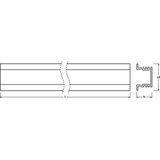
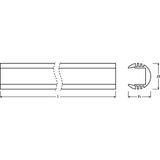
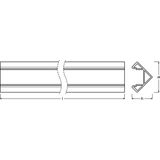
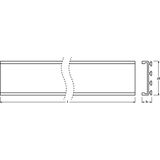
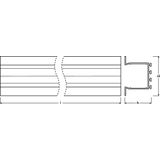

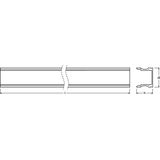
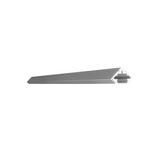
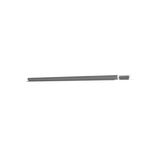
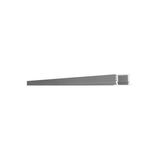
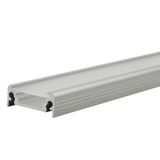
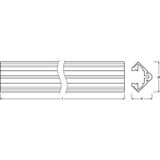

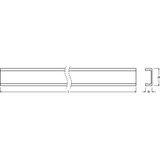

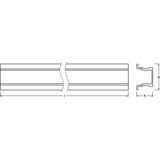

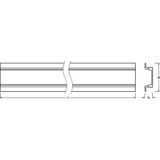

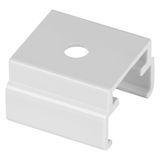
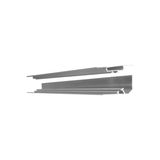
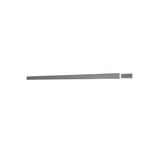

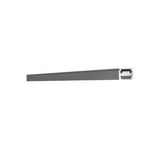
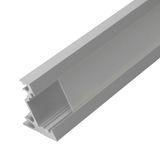
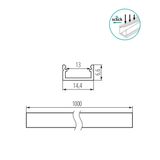








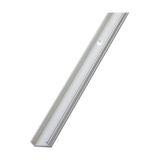
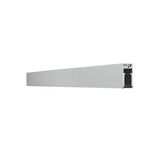
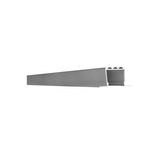
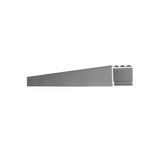
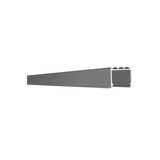
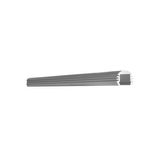
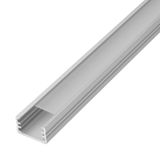
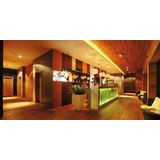
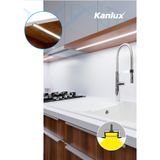
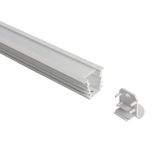
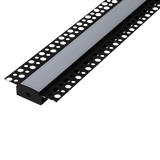
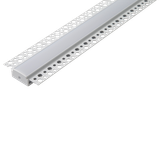
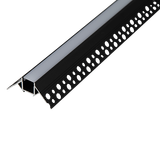

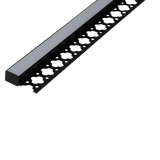
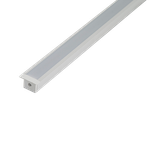
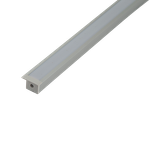
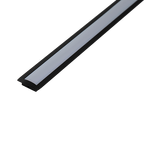
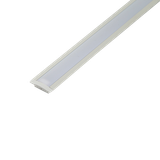
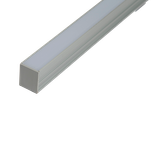

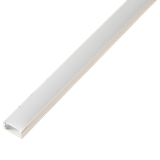
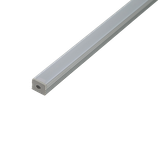
-
-
1
- 2
-
What is an LED profile?
LED ribbons are distinguished by their improved luminous flux, ease of installation and shallow installation depth. To install this type of lighting, an aluminum LED profile is used.
Definition and purpose
There are many ways to install a LED strip, but most versions use an aluminum LED profile. The product offers a number of structural variants and other decorative features for successful interior lighting design. It takes the form of a hollow profile, designed for easy, convenient and safe installation of LED ribbon.
Benefits of use
The advantages of using a hollow profile are as follows:
- compactness ;
- attractive appearance
- LED module security;
- elegant finish;
- high wear resistance.
The LED ribbon profile is produced by the industry in a variety of forms, providing solutions for the following needs:
- ceiling lighting ;
- in-store displays ;
- staircase lighting ;
- floor installation;
- production of various lamps;
- creation of figurative structures.
The kitchen LED profile is often used to illuminate the work area.
Types of LED profile
LED profiles for LED modules are available in several models. The main difference is the type of installation. In addition to the type of installation, other differences include shape: round, rectangular, conical, corner, etc.
Profiles for installation
The recessed aluminum profile for LED ribbon helps to design unusual light sources such as in a cupboard, on a table, on the wall of a room, or, for example, to illuminate a coat rack or closet. Special edges with no visible joints make the design very attractive. Concealed installation is the opposite of overhead installation. The absence of thickness means that a light source can be concealed in any interior element of an apartment or office that allows it. There's also an LED strip profile for drywalls. The aluminum structure is fairly light and can be easily mounted on drywall.
Surface-mounting profiles
Overlay is the most popular type of hollow profile. Installed on any surface using self-drilling screws or special glue. Floor-mounted or not, the profile is also mounted with an LED diffuser, usually installed along a skirting board. Its strength, durability and watertightness mean you can clean the room without damaging the LED module. In the overhead version, it helps create uniform illumination throughout the area.
Corner and niche profiles
A corner profile for LED ribbon is the best option for designing a luminous flux in the corners of a room. The product is fitted with an LED diffuser to distribute the flux over a wide angle. The circuit is usually removable.
The most popular LED profiles from French electrical supplier are the following (produced by LED2WORK):
- PROFILED AC, 1200mm, GST18, Microprism coverage, 100° ;
- PROFILED AC, 500mm, GST18, Microprisms coverage, 100° ;
- PROFILED AC, 900mm, GST18, Microprisms coverage, 100° ;
- PROFILED AC, 1000mm, GST18, Microprisms coverage, 100°, ~27W, 90- ;
- PROFILED AC, 1200mm, dimmbar, GST18, Microprisms coverage.
More detailed information is available on the supplier's website.
Advantages of LED profiles
The advantages of LED profiles in relation to their functional characteristics are as follows:
- High level of safety when using these electric light sources;
- Good control of beam angle;
- attenuation of the strong glow of the LED module by a flexible printed circuit.
This last advantage is achieved thanks to an additional matte diffuser.
Energy efficiency
Improved thermal energy reduction for longer life.
Durability and reliability
Strip light protected against mechanical impact.
Aesthetics and design
The LED strip profile blends perfectly with any surface or interior element. Helps create an aesthetic lighting configuration even in limited areas of the room.
How to choose an LED profile
Selecting a profile often starts with checking the quality of the product. The characteristics of a good product are recognizable by the protective coating, profile thickness, absence of defects and straight cuts at the ends. Prolonged use of a component without anodized aluminum will damage the metal.
Depending on the type of lighting
The LED aluminum profile is chosen according to the type of lighting, which is an important element of the LED diffuser, affecting the direction and light transmission of the module:
- Transparent: designed to protect the LED strip from dust and dirt without reducing luminous flux.
- Matte: softens the diode transitions, spreading the light over the entire length of the profile, slightly reducing the brightness of the elements.
- Colorful: it can be used as a decorative element in a shop window, in the garden or for night lighting. Adds exoticism to a home or office.
Use as supplementary lighting when main lighting is available.
Choice of material and finish
A LED diffuser profile is available in three materials: metal, plastic and composite:
- Plastic is suitable for low-wattage bulbs for which a heat sink is not required. What's more, the element can be bent through 90 degrees without damaging the LED strip.
- For outdoor lighting, anodized aluminum is recommended. Anodized aluminum is impervious to rust, resists sudden temperature changes and protects the LEDs.
- Polycarbonate profile LED ribbon integrates perfectly indoors and features a flux diffuser.
Compatibility with LED strips
An aluminum LED profile is compatible with all types of LED, from high-power to low-power. A plastic LED profile is only suitable for the latter type of structure.


